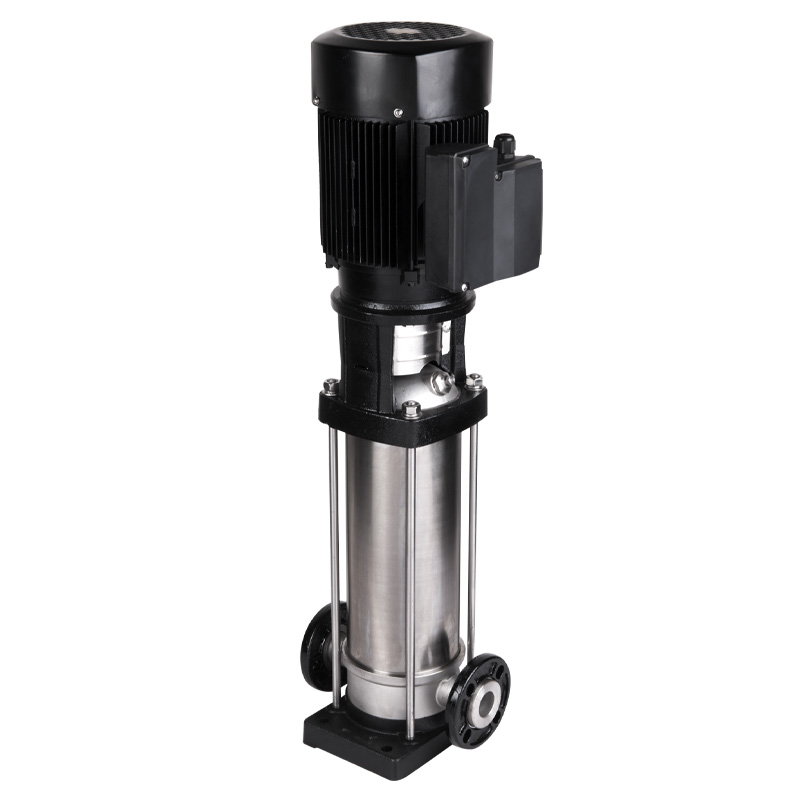A water supply pump is a mechanical device used for water conveyance, primarily consisting of the pump body, impeller, shaft, sealing device, motor, and other components. Its working principle involves the motor driving the impeller to rotate, causing the water inside the impeller to be thrown out due to centrifugal force, thus creating a low-pressure area at the center of the impeller. External water continuously enters the impeller under atmospheric pressure, enabling continuous water conveyance. Water supply pumps come in various types, such as centrifugal pumps, submersible pumps, and multi-stage pumps, to meet different water supply needs. Centrifugal pumps have a simple structure and reliable operation, suitable for various operating conditions. Submersible pumps can work submerged in water, commonly used in deep well pumps and pool water supply scenarios. Multi-stage pumps generate high head through multiple impellers connected in series, making them suitable for high-pressure applications like water supply in tall buildings.
In urban water supply, the water supply pump will transport the water from the water source (such as reservoir, river, groundwater, etc.) to the water plant for treatment, and then pressurize the treated water to deliver to every corner of the city to meet the needs of residents’ life, industrial production and fire protection.
Providing domestic water for residents in rural areas involves pumping groundwater or surface water to water towers or elevated tanks, which are then delivered to households via pipelines. Water supply pumps play a crucial role in various industrial processes such as petrochemicals, pharmaceuticals, and food processing. These pumps transport various process waters, including cooling water, boiler makeup water, and production water, ensuring the normal operation of equipment.
The selection of appropriate water supply pump requires consideration of many factors. First, the actual water flow demand should be defined. For residential water supply, it should be estimated according to the number of households, population and water use habits; for industrial production, it should be determined according to the requirements of production process to determine the maximum water consumption and average water consumption per unit time.
Post time: May-12-2025





